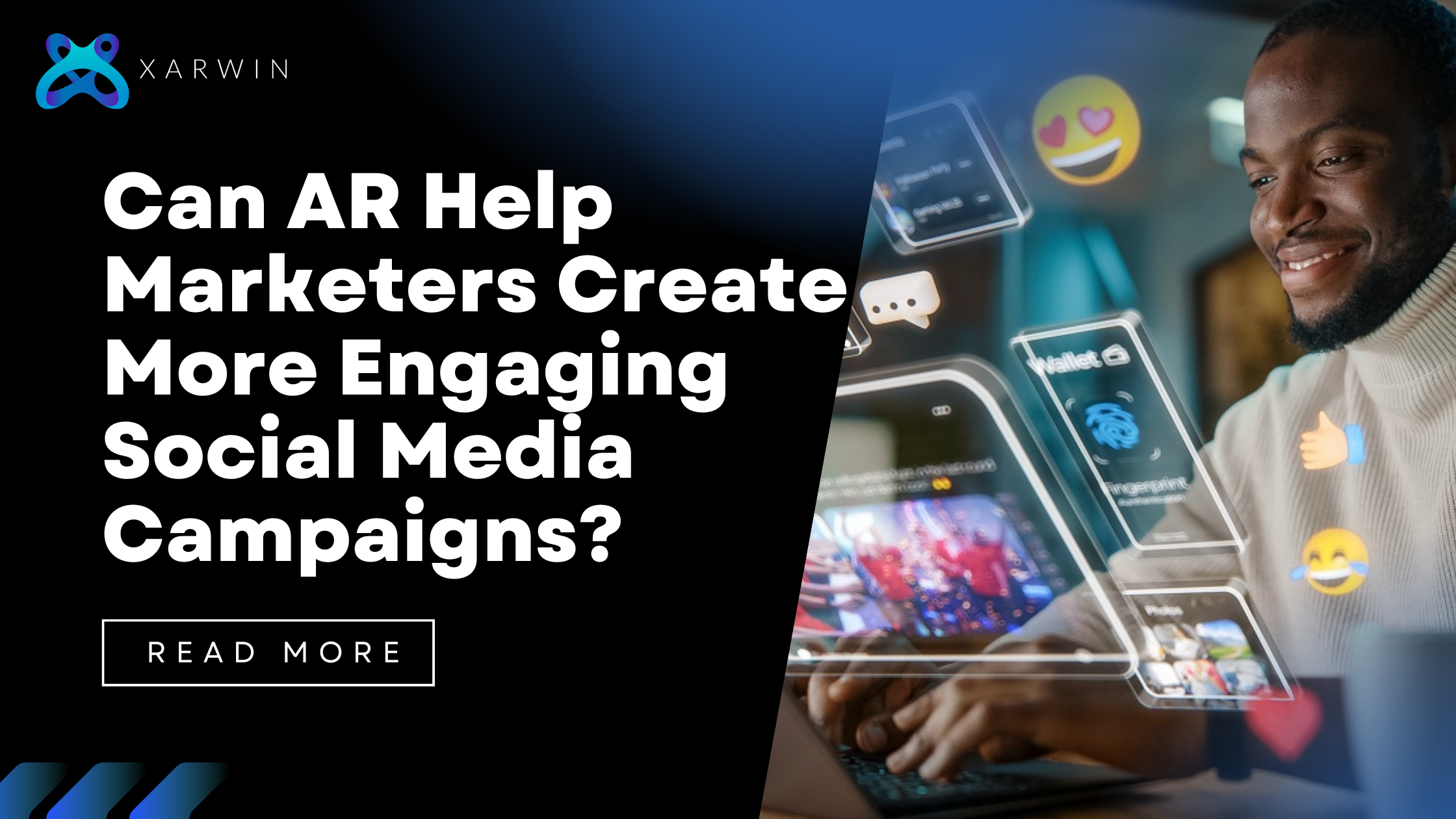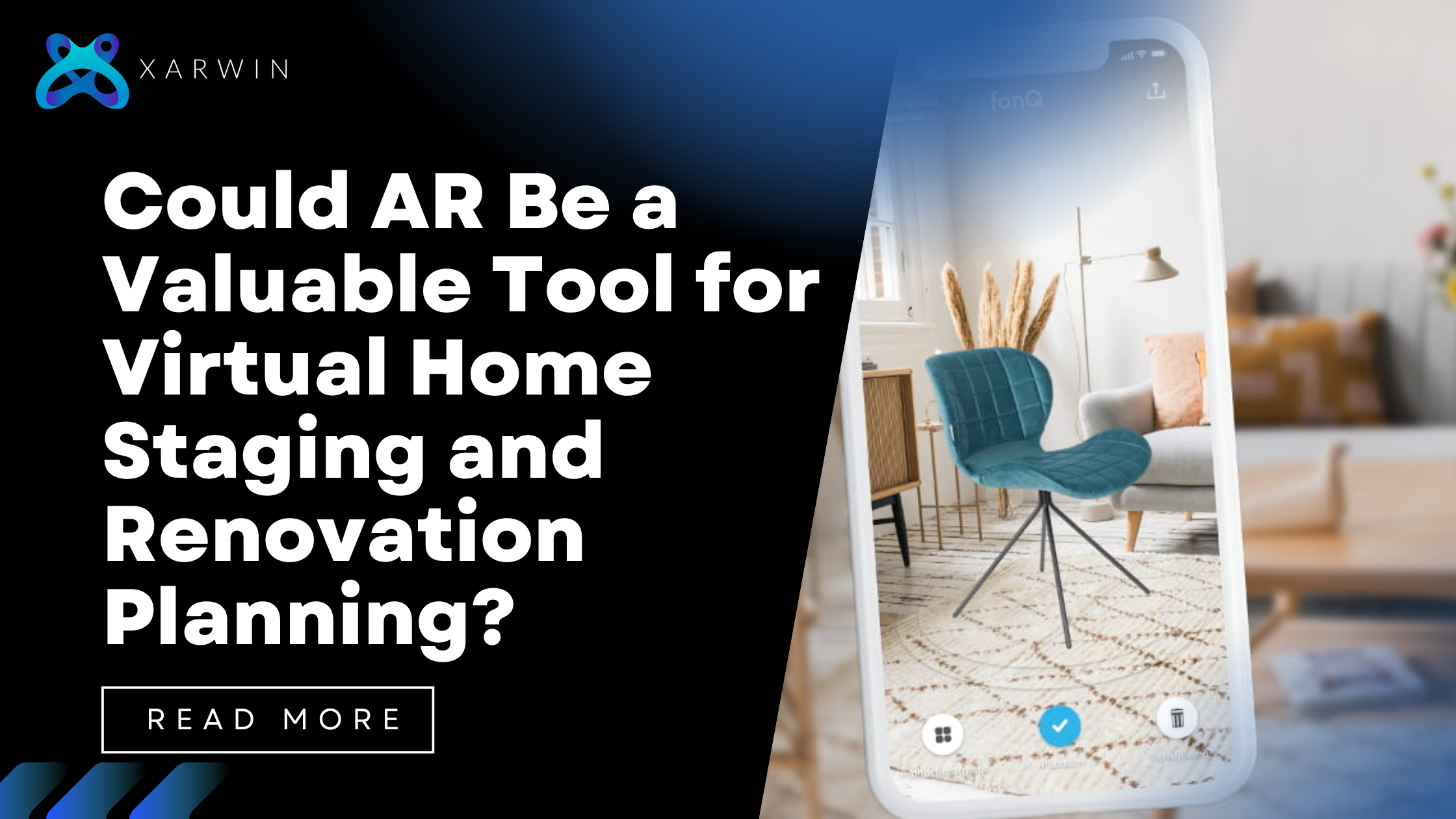As a long-time AR specialist, I’ve seen the transformational impact of this technology firsthand. From helping luxury brands visualize new product lines to enabling consumers to “try on” outfits from the comfort of their couch, augmented reality continues to reshape retail.
When I first started in this industry 5 years ago, AR was still an emerging concept. But the numbers don’t lie – over two-thirds of shoppers now want to use it. Luxury retailers would be foolish not to keep up.
In this post, I’ll share how I’ve worked directly with top luxury brands to bring their products to life through AR. From virtual fashion shows to custom jewelry configurators, you’ll learn the strategies that have driven real results.
So whether you’re a retailer looking to adopt AR or simply curious about the future of shopping, let me give you an insider’s view of how this innovation is remaking luxury. The reality is, that augmented experiences are just getting started.
Virtual Product Try-On
One of the most valuable applications of AR in retail is virtual product try-ons. This allows customers to see how items will look directly on their own image through their smartphone or tablet.
For luxury brands, this is particularly useful since fit and appearance are so important when spending large amounts of money. With AR, shoppers can virtually “try on” a wide range of luxury products from any location, including:
- Clothing
- Accessories
- Fine Jewelry
- Makeup
- Eyewear
Some retailers leading the way with virtual try-ons include:
Sephora – Their Virtual Artist app lets customers preview thousands of makeup products to see the exact results.
Michael Kors – They launched an AR feature partnering with Apple to allow trying on bags, watches, and sunglasses.
Burberry – The brand developed customized AR filters for social media. Shoppers can select products, virtually wear them, and share the looks to provide free marketing.
Data shows these virtual try-ons are highly engaging. Over 50% of users test 3 or more products. Beyond just visuals, advanced AR try-ons also provide:
- Detailed product information
- Specs
- Sizing recommendations
- Reviews
This ensures informed purchases and low return rates. Some retailers have seen online conversion increase by over 30% after adding virtual try-ons.
As the technology advances, AR representations will become even more realistic. Accurate reflections, wrinkles, folds, and integrated measurements will make virtual try-ons almost indistinguishable from real life.
Interactive Product Displays
Interactive product displays using AR are another powerful in-store application. By installing AR-enabled digital mirrors and screens, luxury brands can bring merchandise to life through virtual interactions.
When customers point their phone camera at these displays, it triggers immersive 3D models of products that they can:
- Rotate
- Zoom in on details
- Fully visualize from every angle
Advanced displays allow for virtual configuration too. For example, overlaying different:
- Materials
- Monograms
- Color options
Onto customizable items like bags, shoes, and accessories in real-time.
Retailers pioneering this technology include:
- Nike
- Their “Virtual Nike” wall lets shoppers try on sneaker AR models over their feet.
- Adidas
- The “Reimagine” screens showcase live AR configurations of their shoes.
- Prada
- Installed AR mirrors that visualize bags with different accessory pairings.
These interactive displays provide a more engaging showroom compared to static photos. Customers can control products in a hands-on virtual manner.
The interactivity keeps explorers browsing for over 200% longer than passive views. It also drives consideration of additional purchases and merchandising of exclusive items.
As the technology scales to larger screens and walls, interactive AR displays will become core to luxury brand in-store strategies moving forward.
Branded AR Filters
Social media platforms have seen explosive growth in AR filters used by both brands and consumers. Luxury retailers are leveraging this trend by creating customized branded filters.
Pioneers in this space include Gucci, Louis Vuitton, and Balenciaga. For example:
- Gucci launched filters on Instagram that overlay their logo on any photo.
- Louis Vuitton created AR masks for Snapchat that map the monogram pattern onto selfies in real time.
These highly shareable filters drive earned media through social sharing. Users get social validation as friends interact with branded filter posts. On average, filters increase social post engagement by over 200%.
More advanced filters go beyond static overlays. For instance:
- Balenciaga’s Instagram filters let followers watch live as users customize sneakers with different colors and styles.
This level of interactivity inspires real consideration, driving online purchases. Looking ahead, expect more:
- AR social commerce integrations like one-click purchases
- Virtual “unboxings” directly within branded social filter previews
As technology improves, the lines between digital and physical will continue to blur. Bringing luxury brands even closer to customers through innovative AR experiences on social media platforms.
In-Store Navigation
For large luxury retail stores and sprawling flagship locations, wayfinding can be challenging. This is where AR navigation solutions truly provide value.
Retail pioneers like IKEA and Nike have developed interactive indoor maps that guide shoppers. The maps:
- Detect the user’s location within the store
- Dynamically update to show their position
Layered onto live camera views, the maps provide:
- Turn-by-turn directions to other areas, sections, fitting rooms, etc.
- Contextual information bubbles about promotions, new arrivals, recommendations
More advanced implementations integrate floor plan data to enable:
- Walking navigation views from a first-person perspective
This immerses users and strengthens their spatial understanding. Analytics from these AR maps reveal valuable customer insights:
- Congested areas
- Underperforming sections
Retailers can optimize store layouts and staffing for smoother experiences.
As 5G proliferates, real-time wayfinding will become essential for large luxury flagship stores. This simplifies navigation and encourages discovery through an augmented lens.
AR Product Catalogues
Beyond in-store, AR is transforming luxury brand digital catalogs. Retailers like Saks Fifth Avenue, Neiman Marcus, and Nordstrom have launched AR-enabled lookbooks.
Using their smartphone or tablet camera, customers can seamlessly transition from browsing high-resolution photos and videos of products. They can overlay virtual 3D models directly onto their real environment at home.
This allows for more immersive discovery. Customers can virtually place outfits, furnishings or jewelry anywhere to visualize how items look. Intuitive gestures like pinching allow zooming in on details or spinning products 360°.
Detailed specifications, pricing, and availability pop up on demand. Customers can tap through to purchase directly from within the AR experience.
Early results show AR catalogs are highly engaging, with session times over 15 minutes—almost 4x longer than non-AR magazines. They also increase online conversions as virtual-to-real shopping bridges consideration gaps.
As 5G accelerates, these AR catalogues will become more lifelike through photorealistic rendering, ambient lighting simulations and spatial audio. Luxury brands will be able to transport customers into their virtual showrooms from anywhere through AR.
Measurement and Analytics
To maximize the benefits of AR, luxury brands must leverage data and analytics. Advanced AR solutions can track granular user behavior and interactions. Key metrics to measure include:
Session Times – How long are users actively engaging with AR content and virtual products? Longer sessions indicate higher engagement.
Product Impressions – Which specific items are users virtually “trying on” or interacting with most? This reveals top performers to feature.
Purchase Conversions – How many virtual “wishes” and “carts” ultimately convert to real online or in-store sales? This measures ROI impact.
Sharing/Referrals – For social filters and virtual try-ons, how much-earned media is generated through organic sharing?
Advanced AR platforms integrate with existing analytics suites and CRMs used by luxury brands. This allows tracking users across virtual, digital, and physical touchpoints.
By leveraging these insights, luxury brands can optimize elements like virtual product launches and in-store merchandising based on aggregated behavioral data. The goal is to continuously improve AR experiences and drive greater ROI through personalized, data-driven customer journeys.
Conclusion
In conclusion, AR has become essential for luxury retailers in today’s digital landscape. As discussed in this article, innovative strategies like virtual try-ons, interactive displays, branded filters, and data-driven catalogues allow luxury brands to immerse customers in elevated shopping experiences from anywhere.
Today’s customers expect seamless omnichannel journeys blending digital and physical. AR enables this by bringing luxury products to life through personalized, interactive virtual experiences. At the same time, analytics optimize every touchpoint based on behavioral insights.
Looking ahead, advancements like 5G will make AR interactions even more realistic. Luxury brands must continue innovating with this technology to remain relevant with digitally-native customers. Failure to adopt cutting-edge AR risks losing relevance.
In summary, AR has become a necessity for luxury retailers seeking to attract new customers and keep existing ones engaged across channels. The strategies discussed allow luxury brands to immerse consumers through innovative virtual experiences from anywhere.
As a trailblazer in augmented reality (AR), Xarwin combines innovation with a user-centric approach to redefine industry standards. Its team of expert engineers, designers, and strategists excels in crafting immersive AR experiences across various sectors. With each project, the company not only meets current demands but also shapes future trends, establishing itself as a leading force in the AR landscape.





